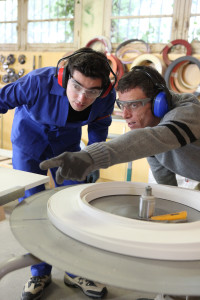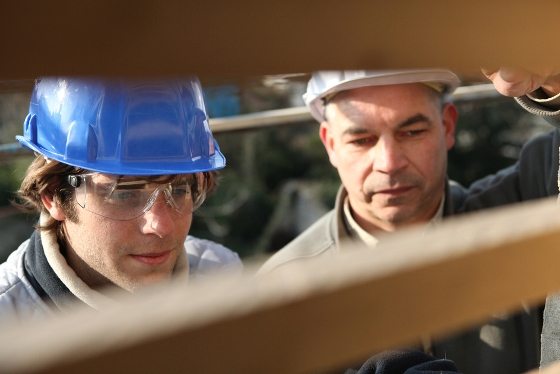 A recently published Canadian study by the Journal of Safety Research showed that young people considered their supervisors one of the barriers to injury prevention and reporting.
A recently published Canadian study by the Journal of Safety Research showed that young people considered their supervisors one of the barriers to injury prevention and reporting.
The study titled Waiting for Safety: Responses By Young Canadian Workers To Unsafe Work[1] by Tucker & Turner showed that instead of speaking up about hazards, the vast majority of young workers in the study said they took a wait-and-see approach when they had safety concerns. They were reluctant to raise issues due to the fear of being fired, their status as newcomers, feelings of powerlessness and the indifference of their supervisor.
Even though marketing campaigns for young workers promoted the benefits of speaking out against dangerous work, the study showed that despite the push to speak out”, young workers believed the perils of speaking about danger in the workplace persist. They said they had less influence in the workplace because of their age and inexperience and wondered how instrumental their voices would be if they reported hazards.
The silence around reporting can then continue into the adult workforce. In a related study titled Construction Workers’ Reasons for Not Reporting Work-Related Injuries: An Exploratory Study[2], 27% of construction workers interviewed said they had failed to report an injury.
Construction workers were able to choose more than one reason, other high rating responses included:
- they did not wish employers or co-workers to see them as complainers or as weak
- they feared they would not be hired again by their employer if they reported an injury
- accepting pain as part of the job
- fearing the loss of future or current work
- not wanting to lose out on a safety incentive for no lost work time
So how can leaders turn these fears into a positive opportunity for communication?
Lead author J. Taylor Moore said in an interview with Health & Safety[3] magazine that supervisors need to be open and the act of speaking with subordinates on a daily basis – even if the conversation was not about safety – helped to create a more personal relationship between supervisors and workers. That can influence workers to talk about safety because they begin to see their supervisor not as an imposing figure, but someone to whom they can relate.
Sean Tucker, co-author of the Waiting for Safety study said supervisors need to make their young workers understand that they want to know about problems so we can deal with them before somebody gets hurt in the workplace. That’s something that sends a powerful message to new employees and existing employees, Tucker added. A supervisor that’s able to back up that strong statement with actions will have the desired effect. They will get people speaking up about concerns, and that’s a good thing in the workplace.
If you’d like to develop your leaders in the communication and leadership skills which encourages everyone to speak up, check out these programs:
 >> Safety Leadership Foundation Program
>> Safety Leadership Foundation Program
>> Effective Safety Consultation
>> LEADing Safety
>> Safety Interactions
>> More Courses
.View Our Nationally Accredited Programs:
>> BSB40520 Certificate IV in Leadership and Management
>> BSB41419 Certificate IV in Work Health & Safety
REFERENCES
Journal of Safety Research – Volume 45, June 2013, Pages 103-110
http://www.sciencedirect.com/science/article/pii/S0022437513000078 [2] Construction Workers’ Reasons for Not Reporting Work-Related Injuries: An Exploratory Study.
Moore JT, Cigularov KP, Sampson JM, Rosecrance JC, Chen PY. International Journal of Occupational Safety and Ergonomics, 2013.
http://www.safetyandhealthmagazine.com/articles/9318-speaking-up

